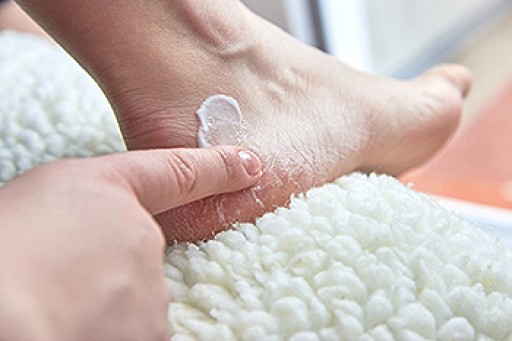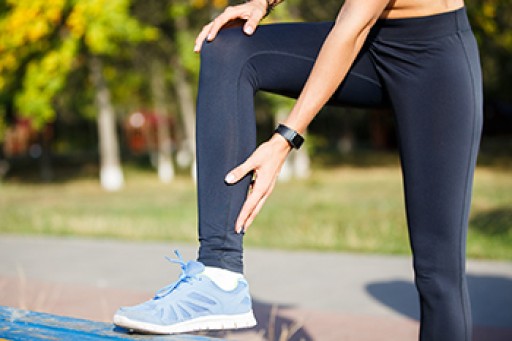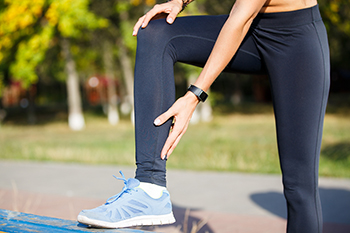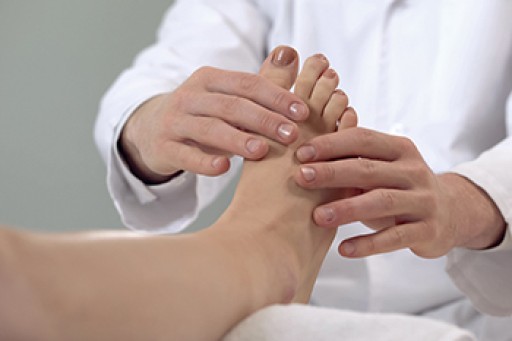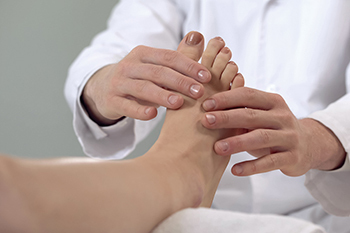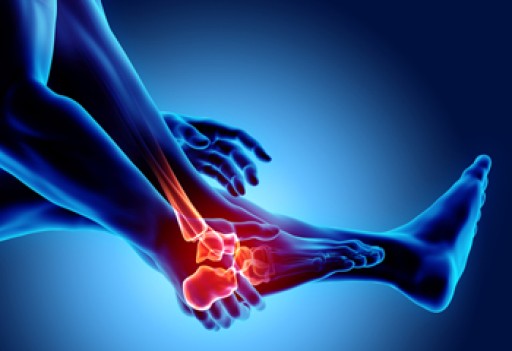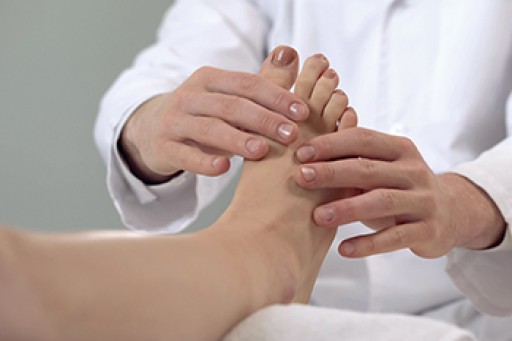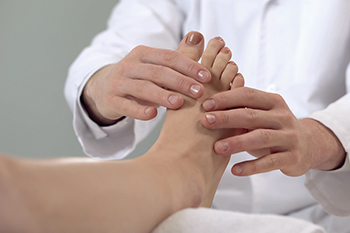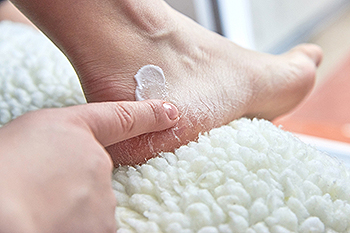
Throughout life, the soles of the feet bear the greatest force. The skin on the soles of the feet is thicker and has extra fat padding, but when it becomes dry it is prone to cracking. This is something that anyone can suffer from, but since padding on the feet gets worn and the gait changes due to age and disability, seniors are particularly prone to cracked heels. The condition can become serious, cause great discomfort, and hamper mobility. If one does not tend to the cracking, it can bleed and the chance of infections setting in is higher. Beyond dry skin, obesity, standing for long periods, and wearing open-back shoes can cause cracked heels too. Also, some diseases that can result in cracked heels include diabetes, peripheral arterial disease, and hypothyroidism. The key to treating cracked heels is reducing the pressure on the soles of the feet. Supportive, well-fitting shoes and heel pads may help. If you are elderly or caring for someone older, consult a podiatrist for advice on proper footwear as well as other remedies for cracked heels.
Cracked heels are unsightly and can cause further damage to your shoes and feet. If you have any concerns, contact one of our podiatrists from InStride Family Foot Care. Our doctors can provide the care you need to keep you pain-free and on your feet.
Cracked Heels
Cracked heels appear unappealing and can make it harder for you walk around in sandals. Aside from looking unpleasant, cracked heels can also tear stockings, socks, and wear out your shoes. There are several methods to help restore a cracked heel and prevent further damage.
How Do You Get Them?
Dry skin is the number one culprit in creating cracked heels. Many athletes, walkers, joggers, and even swimmers suffer from cracked heels. Age and skin oil production play a role to getting cracked heels as well.
Promote Healing
Over the counter medicines can help, especially for those that need instant relief or who suffer from chronic dry feet.
Wear Socks – Wearing socks with medicated creams helps lock in moisture.
Moisturizers – Applying both day and night will help alleviate dryness which causes cracking.
Pumice Stones – These exfoliate and remove dead skin, which allows for smoother moisturizer application and better absorption into the skin.
Change in Diet
Eating healthy with a well-balanced diet will give the skin a fresh and radiant look. Your body responds to the kinds of food you ingest. Omega-3 fatty acids and zinc supplements can also revitalize skin tissue.
Most importantly, seek professional help if unsure how to proceed in treating cracked heels. A podiatrist will help you with any questions or information needed.
If you have any questions, please feel free to contact our offices located in Concord, Charlotte, and Salisbury, NC . We offer the newest diagnostic and treatment technologies for all your foot care needs.
